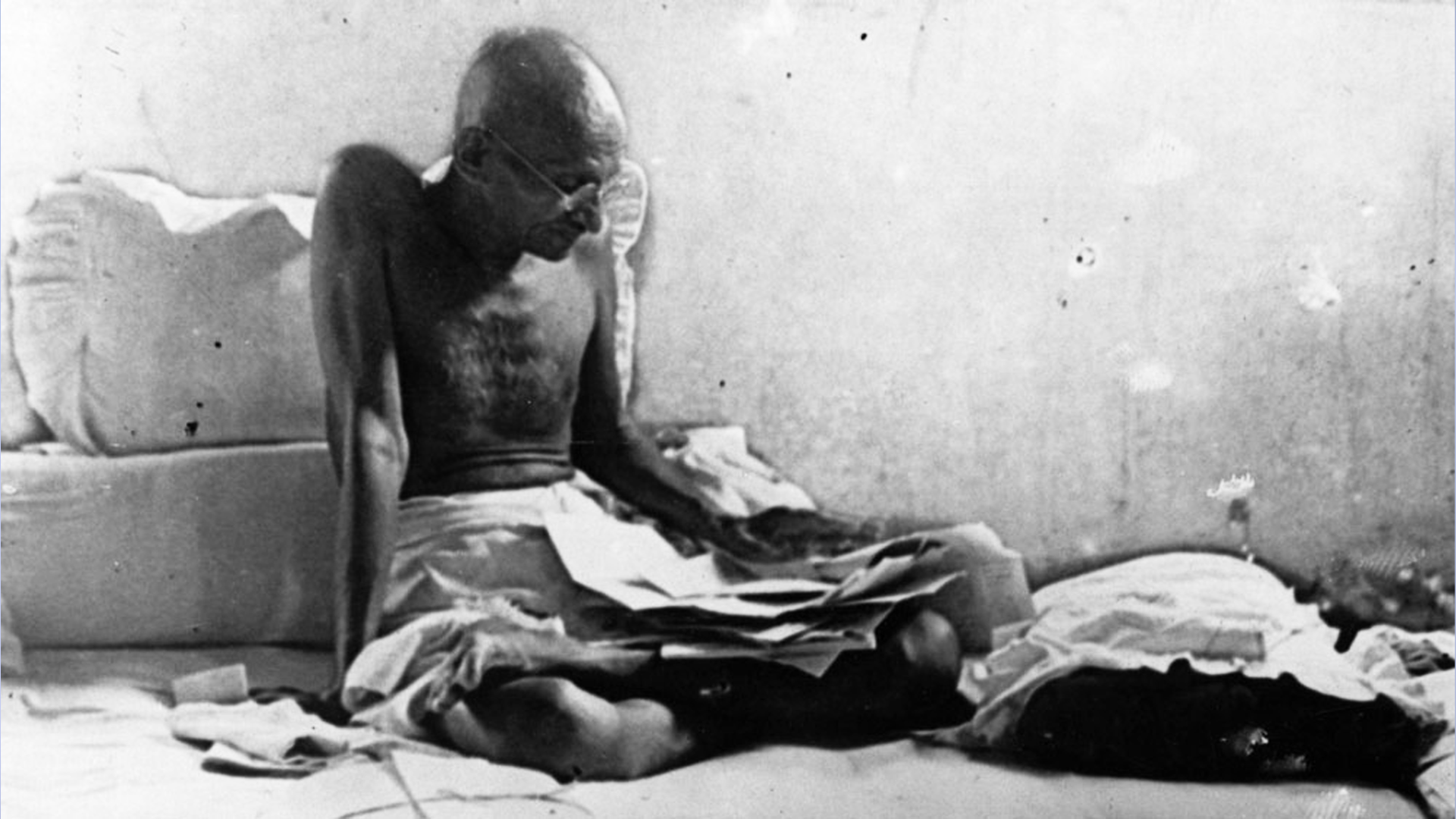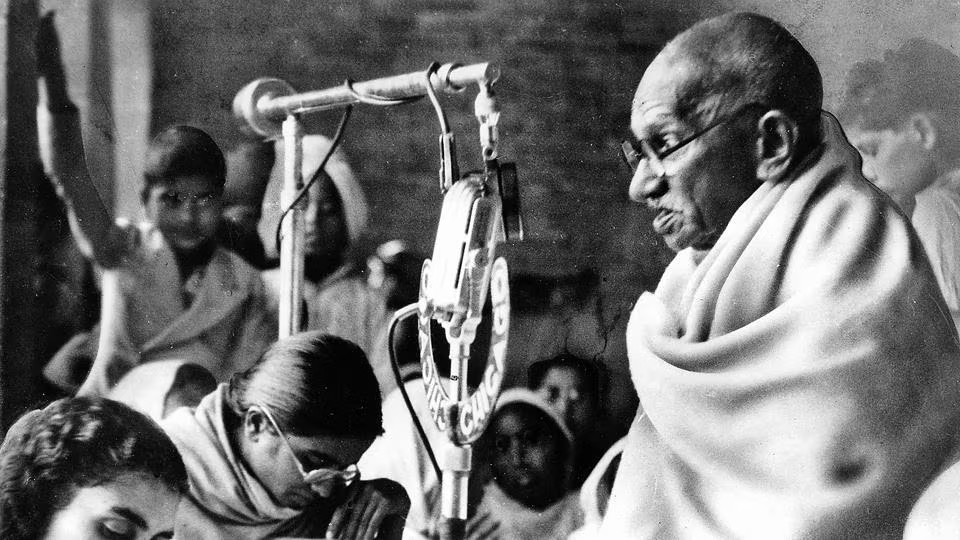Gandhi Begins Hunger Strike

In his Yerwada Jail cell, Gandhi turned his body into a weapon—not through violence, but through refusal.
What Happened?
By 1932, Gandhi was already the face of India’s nonviolent struggle against British rule. He had marched, been jailed, and inspired millions through his philosophy of satyagraha—truth-force through nonviolent resistance.
When the British announced plans to give the 'untouchables'—India’s lowest caste—their own separate political representation, Gandhi saw it as a dangerous trap. To him, it wasn’t a gift of rights but a scheme to permanently divide Indians by caste.
Even though Gandhi himself came from a higher caste, he had long spoken for the rights of the so-called untouchables, whom he called Harijans, or 'Children of God.' He believed India could never be free if millions were pushed even further to the margins of society.
Locked away in Yerwada Jail, Gandhi announced he would stop eating. It wasn’t the first time he had fasted, and it wouldn’t be the last—but this one cut straight to India’s heart. People feared that if Gandhi died, India’s hope for unity might die with him.
Crowds gathered outside the prison. Political leaders scrambled to find a compromise. Gandhi’s fast wasn’t just aimed at the British—it was aimed at his fellow Indians, urging them to rise above caste divisions.
Dr. B.R. Ambedkar, the brilliant lawyer and fierce champion of untouchables, clashed with Gandhi on this issue. He believed separate representation was necessary for true equality. Their negotiations, while tense, forced the nation to confront deep, uncomfortable truths about caste.
After six days without food, Gandhi was weak but unshaken. The British backed down, agreeing to a compromise: untouchables would gain more reserved seats in legislatures but within a shared electorate, not a separate one.
Gandhi’s fast ended, but its impact lived on. It reinforced his power as a moral force in politics, showing that one man’s body could hold an empire accountable.
This act also showed the world a new form of protest. Where others used armies, Gandhi used self-sacrifice—turning suffering into a weapon that appealed to conscience and public opinion.
Yet Gandhi’s struggle with caste was complicated. While he fought for untouchables’ dignity, critics argued he didn’t go far enough to dismantle the caste system itself. Still, his 1932 fast remains one of the most striking examples of how nonviolence can shake both rulers and the ruled into action.
Why It Matters
Gandhi’s 1932 hunger strike was more than a protest against a British law—it was a stand against injustice in India’s own society. It challenged both colonial rulers and Indians themselves to confront caste inequality. His fast showed that nonviolent action could move nations, while also exposing the limits and contradictions of his own vision for equality.
?
Why did Gandhi oppose the British plan for separate electorates for untouchables?
How did Dr. B.R. Ambedkar’s vision for caste equality differ from Gandhi’s?
What makes fasting such a powerful form of nonviolent protest?
How did Gandhi’s hunger strike shape later peace and civil rights movements around the world?
What lessons can we take from the tension between Gandhi’s ideals and his limitations when addressing social injustice today?
Dig Deeper
A short, engaging documentary that highlights Gandhi’s life, the Salt March, and his legacy of nonviolent resistance.
Crash Course explores how Gandhi’s methods shaped global peace movements and continue to inspire nonviolent resistance today.
Related

Montgomery Bus Boycott, Greensboro Sit-In, and the Rise of MLK
From Montgomery’s buses to Greensboro’s lunch counters, ordinary citizens ignited extraordinary change — and a new national leader emerged.

The Civil Rights Movement: Struggle, Solidarity, and Social Change
From classrooms to courthouses, buses to bridges, the Civil Rights Movement reshaped America’s laws — and its conscience.

The Encomienda System: Empire, Labor, and the Roots of Colonial Slavery
The encomienda system promised 'protection' and Christianization. What it delivered was forced labor, cultural erasure, and the blueprint for slavery in the Americas.
Further Reading
Stay curious!
